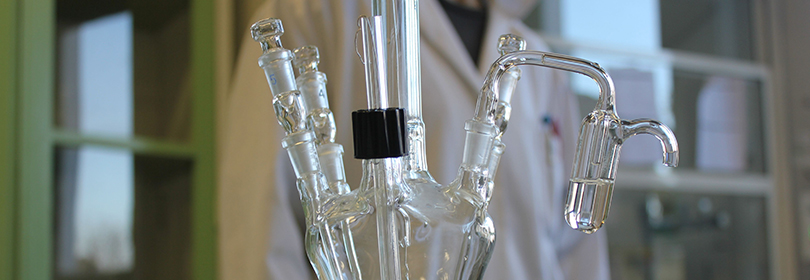Mr Miguel Barreiros Salvado soutiendra sa thèse intitulée "Optimization of the transports in a PEMFC catalyst layer using a modelling/characterization coupled approach : improvement of the catalyst layer performances at high current density" le 25 février 2021 à 14h00 au CEA LITEN - Bâtiment D2A, 17 avenue des Martyrs, 38000 Grenoble.
Directeurs de thèse : Yann BULTEL, Pascal SCHOTT, Sebastien ROSINI, Mathias GERARD et Laure GUETAZ
PEMFCs are among the most promising technologies for the future of the automotive industry. However, major barriers must be overcome in order to achieve a solid position in the electric vehicle market. These include the cost, where a significant fraction can be attributed to the employment of Pt in the catalyst layers.
In the region of high current densities, a steep drop is commonly observed and it is usually associated with ionic and mass transport limitations in the cathode catalyst layer (CCL). Therefore, simultaneously reducing the Pt loading and improving the performance at high current density requires at first an identification of the main source(s) of performance limitations. Since the CCL is a highly heterogeneous material with features of disparate length scales, a multiscale imaging characterization setup is required in order to analyze its structure.
In this work, a framework including multiscale electron microscopy (EM) characterization and multiscale modeling has been developed. Such framework allows reproducing real 3D CCL geometries using an innovative reconstruction algorithm that was designed for the purpose. Moreover, a physical model is implemented in these 3D geometries, and subsequently, numerical simulations at the local and CCL scales are performed. The multiscale EM setup includes FIB-SEM from which the carbon phase distribution is determined, HAADF-STEM to determine the representative Pt particle size distribution, and finally, HRTEM from which an average thickness for the Nafion thin film is measured. These images go through a post-treatment procedure which includes segmentation and alignment for the tomographic images. From these, geometries are then reproduced. Moreover, a physical model including multispecies transport on the Nafion and pore phases, ionic transport on the Nafion phase and a Butler-Volmer law at the Pt interface to describe the ORR kinetics, is implemented. The CCL 3D model is then coupled with a 2D MEA-scale model, from which local conditions are extracted and subsequently used as input in the local model. An analysis on the 3D geometries is then performed at both local and CCL scales. Regarding the former, it is found that structures with smaller Pt particles always present a better performance due to an increase in the amount of surface available for the electrochemical reaction to proceed. Though, the presence of Pt particles in large Nafion agglomerations as well as Pt interparticle competition effects can play a major detrimental role on performance (differences in local performance up to 26%). In the CCL scale analysis, the effects of the Pt particle size, the Nafion layer thickness and carbon aggreggate size are analyzed. In accordance to what is observed at the local scale, structures with smaller particles also display a better performance. Regarding the Nafion layer thickness, a balance between an enhancement in ionic transport and an increased resistance to oxygen transport upon thickening of the Nafion film has been highlighted. Results show that increasing the Nafion layer thickness from 8 to 10 nm is only benefitial for performance when the porosity is above 30%. Furthermore, these support the fact that understanding the swelling behavior of the Nafion thin film is crucial for a more accurate determination of the CCL's response. In its turn, enlarging the carbon aggregates can be detrimental for performance since some pores may vanish and regions with Pt particles located on large Nafion agglomerations may become starved from oxygen. Finally, the impact of the structure arrangement has been analyzed and gains in performance upon minimizing the tortuosities of both Nafion and pore phases to unity have been quantified. An improvement in performance of 25% was found, mainly as a result of the favoured ionic transport.



